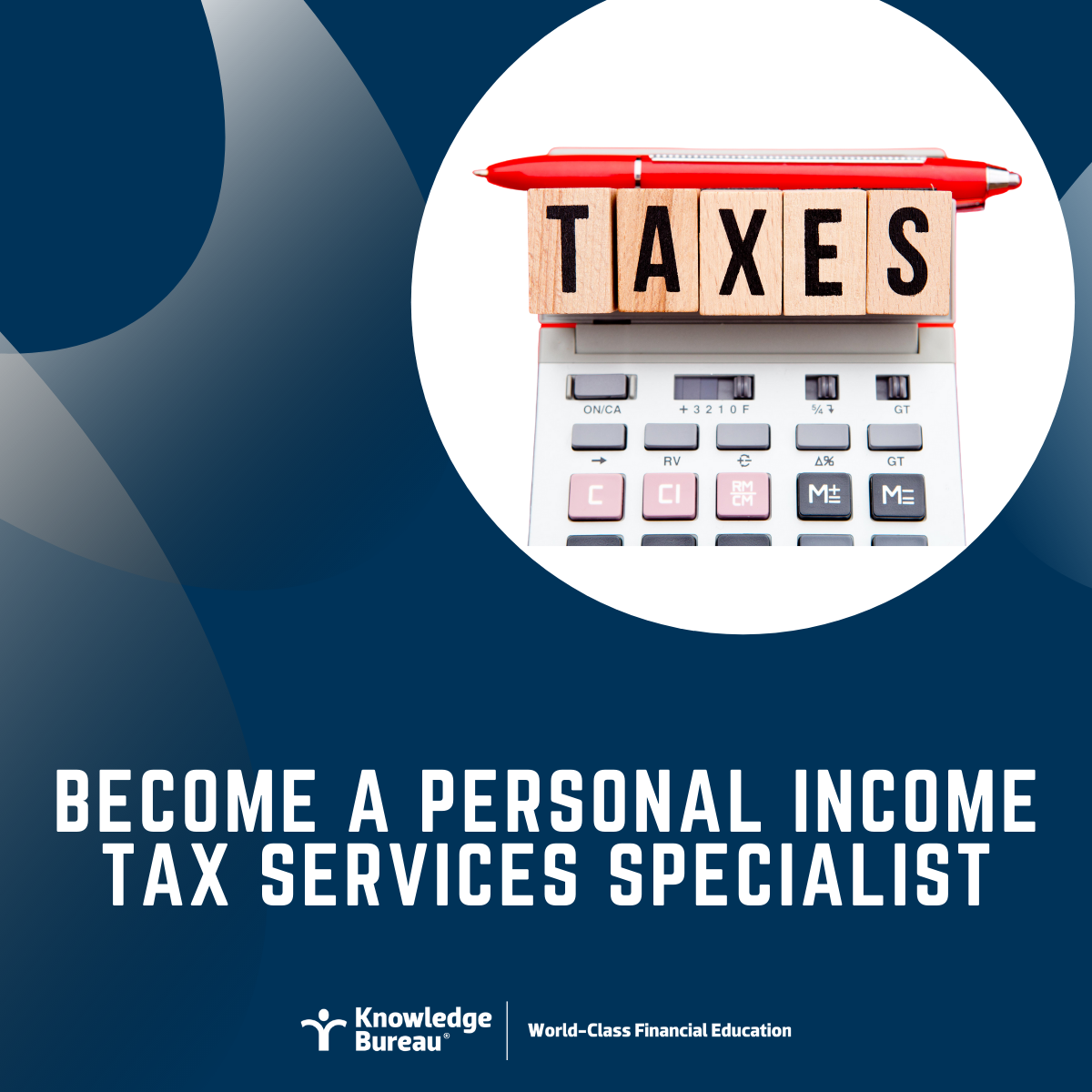Last updated: December 15 2020
CERB & CERB: Definition of Income Explained

Evelyn Jacks
There are many definitions of income on the tax return and understanding them makes a big difference in your relationship with the CRA, as many CERB recipients have recently found out. Over 440,000 “education letters” have been sent to recipients warning of repayment requirements before the end of the year. It continues to beg the question: what exactly is the definition of “income”?
The answer is not so easy, and that is why it is critical that CRA provide clarity when using this term. To provide context, here are just a few different income definitions taxpayers need to understand which determine that a) they’re paying the correct amount of tax when filing a return and b) to ensure they get the most from tax credits and benefits they are entitled to:
- Total income – This includes employment income, net research grants, taxable scholarships, bursaries, various public and private pension benefits, social assistance, worker’s compensation benefits investment income, taxable capital gains and net rental or business income. It is also known as Line 15000 on the tax return.
- Net income – this net income line on the tax return, known as Line 23600, is arrived at after certain deductions like RRSP, moving expenses and child care expenses, and used
 to calculate refundable and non-refundable tax credits and clawbacks of social benefits received, like the Canada Recovery Benefit, the Old Age Security and Employment Insurance. This is different from net income, after expenses, to arrive at taxable rental and business income.
to calculate refundable and non-refundable tax credits and clawbacks of social benefits received, like the Canada Recovery Benefit, the Old Age Security and Employment Insurance. This is different from net income, after expenses, to arrive at taxable rental and business income. - Taxable income – This is income after another bank of deductions including securities options deductions, net and non-capital losses, capital gains deductions and northern residents deductions. It is used to calculate federal taxes payable.
- Earned income for the purposes of claiming child care expenses – this includes employment income, tips net self-employment income, taxable portion of scholarships, bursaries, fellowships and similar awards and net research grants, earnings supplements under a Government of Canada project or the Employment Insurance Act, disability benefits from the CPP/QPP or amounts received under the Apprenticeship Incentive/Completion Grant programs
- Income for the purposes of claiming moving expenses – this is employment or net self-employment earnings at the new location, including amounts received from a Wage Earner Protection Program, but not including other sources like investment or pension income.
The issue for the 441,000 taxpayers who received CRA’s communication was whether or not gross income, before expenses, should be used to meet the CERB eligibility requirements. This was not clearly specified when many CERB recipients applied for and received their benefits in the spring. While most businesses working with a tax professional would have properly applied net income, micro businesses, who really needed this money, may not sought this advice. Now they potentially face up to a $14,000 repayment amount. CRA has said they will be flexible and charge no interest in these cases, having suspended new debt collection activities during the pandemic.
Meanwhile, for the purposes of claiming the Canada Recovery Benefits, a clearer definition can now be found on the CRA website:
No voluntary quitting, refusing of work: applicants must not have quit their job on or after September 27, 2020 unless it was reasonable to do so. In that case, they will not qualify for the CRB. Those who refuse work while on CRB will face a penalty: they will lose 5 periods (10 weeks) of eligibility periods and must wait 5 periods to re-apply. The penalty repeats of work is again refused in the future.
Earnings requirement: At least $5,000 in 2019, 2020, or in the 12 months before applying must have been earned to qualify.
Definition of earnings: The $5,000 can come from any of the following sources:
- Employment income (total or gross pay)
- Net self-employment income (after deducting expenses)
- Maternity and parental benefits from EI or similar QPIP benefits
Types of income included:
- All employment or self-employment income, including:
- Non-eligible dividends
- Honoraria (nominal amounts paid to volunteers)
- Royalties (payments to artists)
Not included as qualifying income:
- EI regular benefits
- Disability benefits
- Student loans, bursaries or scholarships
- Pension income
- Amounts from other COVID-19 benefits:
- Canada Emergency Response Benefit (CERB)
- Canada Emergency Student Benefit (CESB)
- Canada Recovery Benefit (CRB)
- Canada Recovery Caregiving Benefit (CRCB)
- Canada Recovery Sickness Benefit (CRSB)
Taking a Course. The CRB will continue if recipients attend a course of studies referred by a provincial government/ body for a 2-week period.
Working while receiving CRB. Recipients may work and receive the CRB; this includes income from employment or self-employment. However, when net income on the tax return reaches $38,000 there is a 50% clawback of the benefit.
The moral: it pays to seek professional advice when there are grey areas to interpret in particular and to ensure, if you are doing it yourself, that you file an audit-proof return or application for any benefits provided by government. Finally, it’s always a good idea to get professional assistance during a tax audit.
Additional educational resources: Get the credentials you need to help clients avoid repayment and remain audit-proof this upcoming year as a DFA-Tax Services Specialist™.

